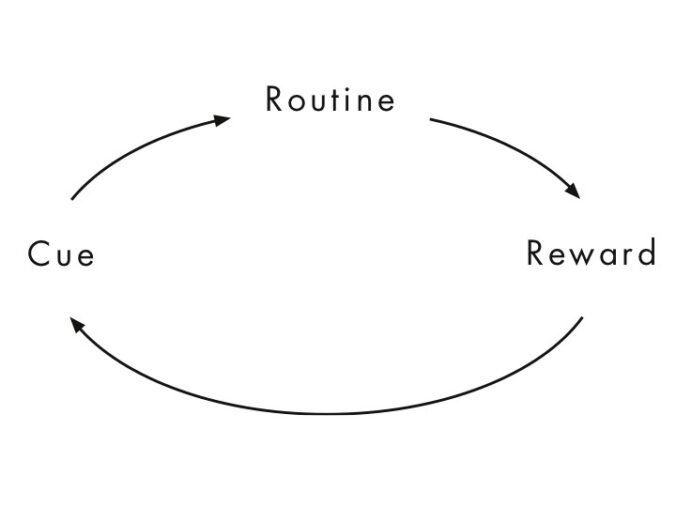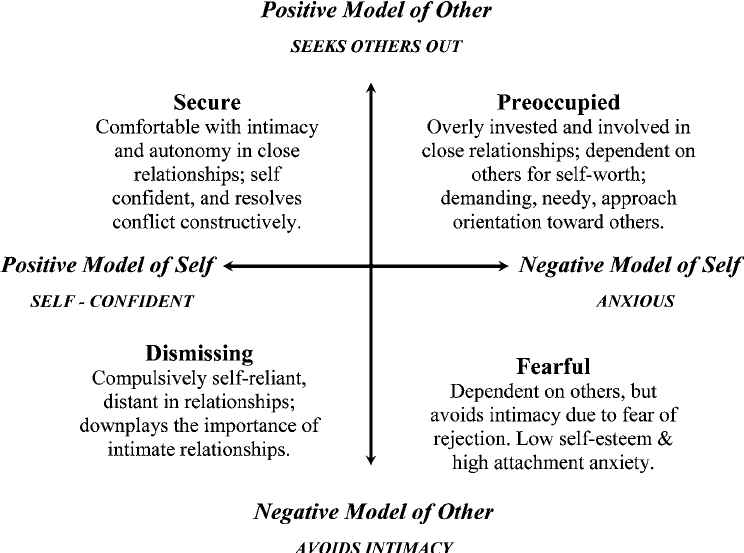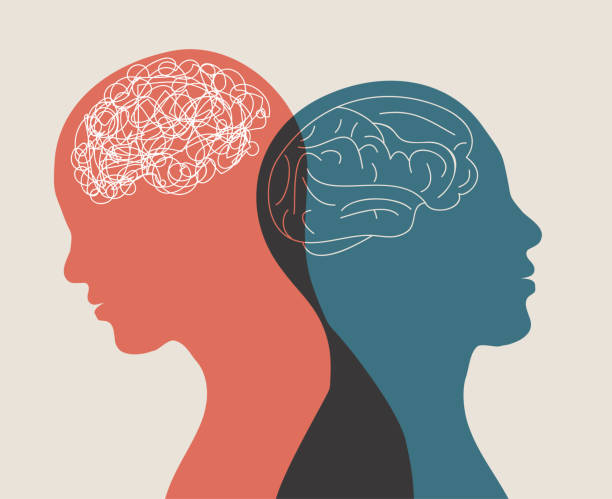Introduction
Imagine walking into a room and feeling someone’s presence, even though they’re not there. Or reading a text message that conveys disappointment—without a single emotion word. Psychology asks us to pause and consider: Why do the habitual ghosts in our lives affect us so deeply? And why does what’s unsaid sometimes speak louder than words?
Read More- Non Verbal Communication
Habitual Ghosts
When someone important—like a parent, mentor, ex-partner, or even a toxic friend—leaves our life, their influence doesn’t disappear. It lingers in our habits, values, and unconscious choices. You might find yourself tidying up before guests because your late mother always expected cleanliness. Or you might stop yourself from arguing in a relationship because a past partner hated conflict. These are the “ghosts in our habits”—internalized influences from others that guide our behavior long after they’ve exited the scene.
Psychologically, this can be explained by internal working models from attachment theory (Bowlby, 1969), as well as habit formation research. When people experience repeated patterns with others—approval, disapproval, love, or fear—these patterns become automatic scripts. Neuroscience suggests that repeated emotional experiences strengthen synaptic pathways, creating automaticity in our responses (Wood & Rünger, 2016).

These internalized voices act as behavioral GPS systems, constantly recalculating your direction to match the emotional “rules” established by people from your past. They don’t need to be physically present—they’ve already moved in rent-free.
The Power of the Unsaid
Meanwhile, in the realm of communication, much of what matters is never spoken at all. Think about the message behind a pause, an eye-roll, a long sigh, or even a “K.” in a text. These subtle cues—tone of voice, body language, timing, and silence—are powerful forms of implicit communication.
Research suggests that nonverbal cues convey more meaning than words in many cases. According to Knapp, Hall, and Horgan (2013), up to 65–93% of communication is nonverbal, depending on context. Nonverbal messages include facial expressions, gestures, posture, eye contact, and even physical distance. These signals are often unconscious but deeply impactful.

Digital communication isn’t immune. A study by Holtgraves (2022) found that people could correctly interpret emotions in written text messages—without explicit emotional words—far better than chance. Emotions like sadness, anger, and disgust were conveyed through punctuation, timing, and word choice. The brain, it turns out, is incredibly skilled at “reading between the lines.”
Even silence carries meaning. In high-context cultures like Japan or Korea, silence can indicate respect, embarrassment, shame, or disagreement—depending on the situation (Hall, 1976). In Western settings, a pause might be interpreted as discomfort or deep thought. Either way, the absence of speech still speaks.
Where Ghosts and Silence Meet
These two psychological phenomena—ghost habits and implicit communication—often interact in real life:
1. At the Family Table
You want to announce a big life decision, but something holds you back. A parent’s long-standing expectations echo in your mind. Then, a silence falls over dinner. No one says it, but judgment is thick in the air. Here, an internalized ghost and an unsaid signal collaborate in shaping your next move.
2. In a Relationship
Your partner sends a message: “Fine. Do what you want.” No exclamation points, no emojis. You know it doesn’t mean “fine.” Perhaps your past experiences—parental disapproval, a toxic ex—kick in. Your reaction is not just to the current partner’s text, but to a ghostly history of relational cues.
3. At Work
Your supervisor doesn’t say anything negative, but you sense disapproval in a raised eyebrow or tight-lipped nod. It mirrors a former boss’s judgmental demeanor. That unspoken feedback, combined with your mental model of authority figures, impacts your performance—even if you never hear a word of critique.
The Psychological Why
Both these forces are deeply rooted in the architecture of human psychology:

- Attachment theory explains that we internalize emotional models from our early caregivers (Bowlby, 1969). These templates can persist across a lifetime, resurfacing in adult relationships and habits.
- Nonverbal communication plays a dominant role in social understanding. People often rely on facial expressions, gestures, and tone to understand others more than words themselves (Knapp et al., 2013).
- In a digital age, emotional cues still travel through punctuation, response timing, and formatting. Holtgraves (2022) demonstrated that people decode implicit emotion from text messaging even when no emotion words are present.
Together, these findings show that what remains unspoken or absent is often more influential than what is stated plainly.
Final Thoughts
In the theater of the mind, people don’t need to be present to influence the script, and words aren’t required to send a message. These ghostly influences and unspoken signals are not just quirks—they’re core to how humans relate, remember, and react. Recognizing them can help us reclaim our autonomy and become better communicators in a world where silence, tone, and memory speak louder than words.
References
Bowlby, J. (1969). Attachment and loss: Vol. 1. Attachment. Basic Books.
Hall, E. T. (1976). Beyond culture. Anchor Books.
Holtgraves, T. (2022). Implicit communication of emotions via written text messages. Computers in Human Behavior Reports, 6, 100180. https://doi.org/10.1016/j.chbr.2022.100180
Knapp, M. L., Hall, J. A., & Horgan, T. G. (2013). Nonverbal communication in human interaction (8th ed.). Cengage Learning.
Wood, W., & Rünger, D. (2016). Psychology of habit. Annual Review of Psychology, 67, 289–314. https://doi.org/10.1146/annurev-psych-122414-033417
Subscribe to PsychUniverse
Get the latest updates and insights.
Join 3,027 other subscribers!
Niwlikar, B. A. (2025, August 7). What are Habitual Ghosts and 3 Common Senarios Where They Are Present. PsychUniverse. https://psychuniverse.com/habitual-ghosts/



